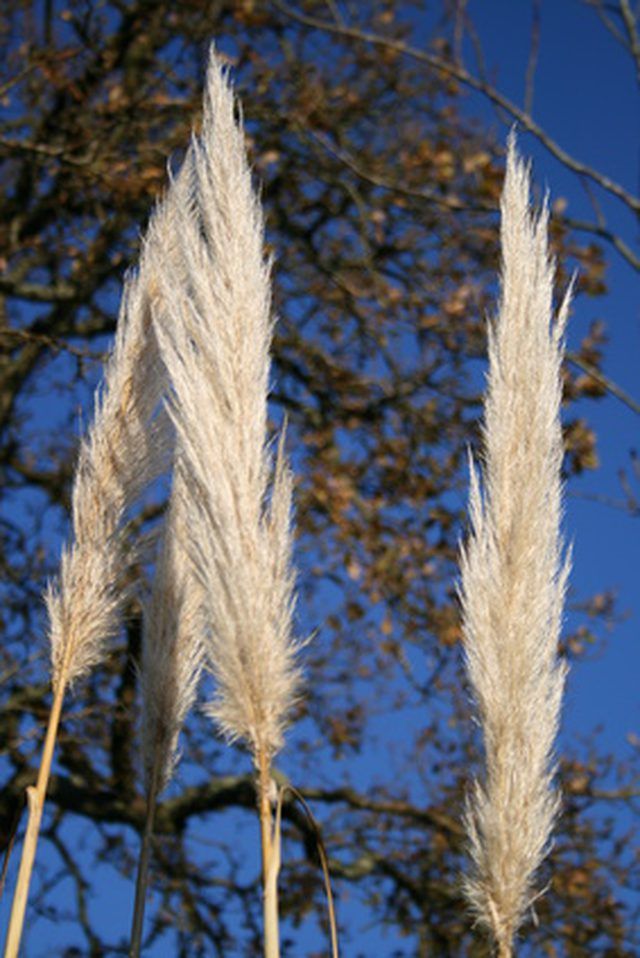Bulbs
Flower Basics
Flower Beds & Specialty Gardens
Flower Garden
Garden Furniture
Garden Gnomes
Garden Seeds
Garden Sheds
Garden Statues
Garden Tools & Supplies
Gardening Basics
Green & Organic
Groundcovers & Vines
Growing Annuals
Growing Basil
Growing Beans
Growing Berries
Growing Blueberries
Growing Cactus
Growing Corn
Growing Cotton
Growing Edibles
Growing Flowers
Growing Garlic
Growing Grapes
Growing Grass
Growing Herbs
Growing Jasmine
Growing Mint
Growing Mushrooms
Orchids
Growing Peanuts
Growing Perennials
Growing Plants
Growing Rosemary
Growing Roses
Growing Strawberries
Growing Sunflowers
Growing Thyme
Growing Tomatoes
Growing Tulips
Growing Vegetables
Herb Basics
Herb Garden
Indoor Growing
Landscaping Basics
Landscaping Patios
Landscaping Plants
Landscaping Shrubs
Landscaping Trees
Landscaping Walks & Pathways
Lawn Basics
Lawn Maintenance
Lawn Mowers
Lawn Ornaments
Lawn Planting
Lawn Tools
Outdoor Growing
Overall Landscape Planning
Pests, Weeds & Problems
Plant Basics
Rock Garden
Rose Garden
Shrubs
Soil
Specialty Gardens
Trees
Vegetable Garden
Yard Maintenance
How to Cut & Trim Pampas Grass
How to Cut & Trim Pampas Grass. Pampas grass is an ornamental grass used in landscaping yards. Pampas grass can grow quite tall and become very full. The plant is unusual because the millions of seeds it produces do not require pollination to sprout and grow. Pampas grass produces large, fluffy-looking plumes that come in a sandy color. The...

Pampas grass is an ornamental grass used in landscaping yards. Pampas grass can grow quite tall and become very full. The plant is unusual because the millions of seeds it produces do not require pollination to sprout and grow. Pampas grass produces large, fluffy-looking plumes that come in a sandy color. The National Park Service has listed pampas grass as a "bad" plant because when left unchecked it can threaten coastal ecosystems. Keep your plant under control by cutting and trimming it regularly. Pruning should occur when the plant turns brown in the fall or winter. Never trim when the plant is still green.
Things You'll Need
Protective gloves
Long-sleeved shirt
Nylon rope
Long-handled garden shears
Wheelbarrow
Wear protective gloves and a long-sleeved shirt to protect your skin from cuts.
Prepare the plant for a trim by wrapping the entire plant with some nylon rope.
Use caution wrapping the plant, because the blades are very sharp and do cut. It is best to use an extra pair of hands--one to toss the rope and the other to catch on either side.
Make the lowest circle of rope about eight inches from the ground. This will be your base line. Do not trim lower than eight inches from the ground.
Cut the grass using large, sharp garden shears, in two sections if it is very tall. Cut several feet away the first time. Then trim down to the bottom ring of rope. Remove the rope as you cut.
Transfer the cuttings to a wheelbarrow immediately. This will prevent the pampas grass seeds from spreading around your yard.
Remove the rope from the grass and throw away the cut leaves.